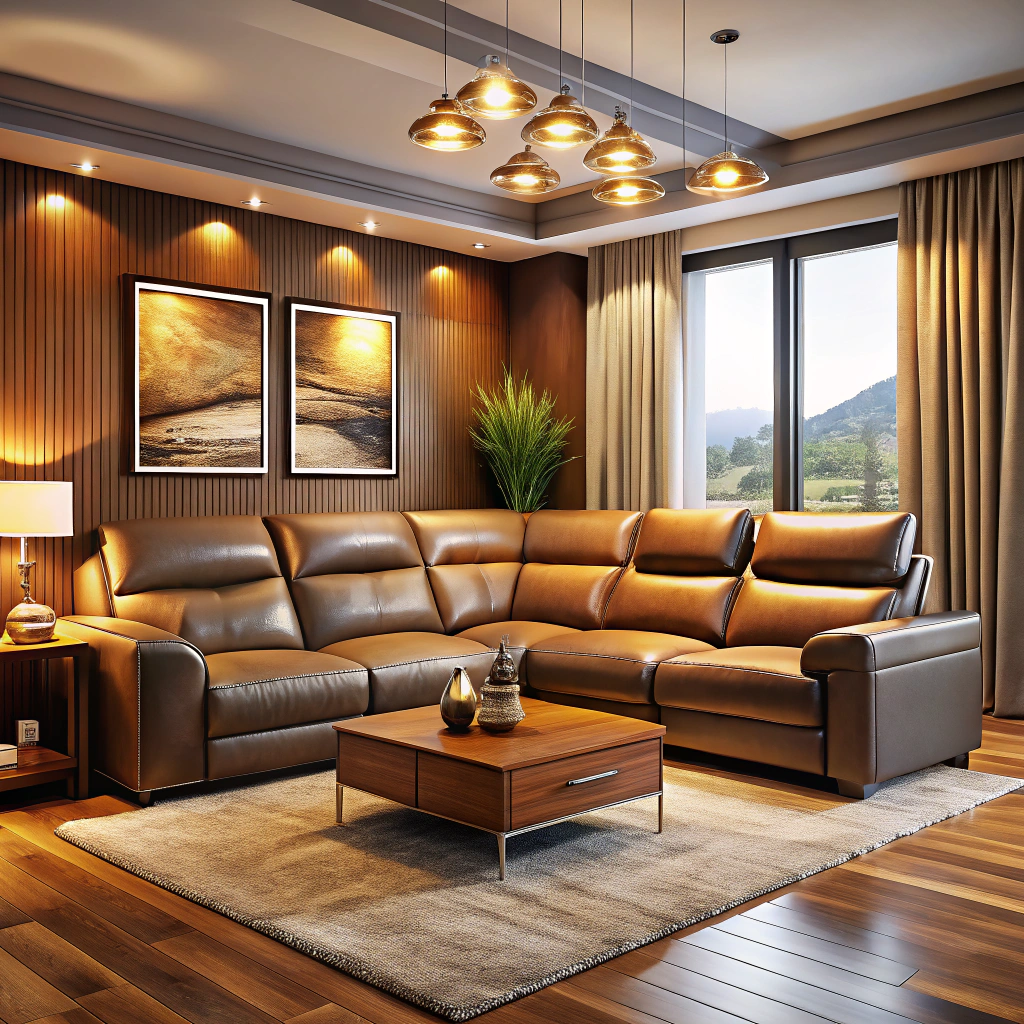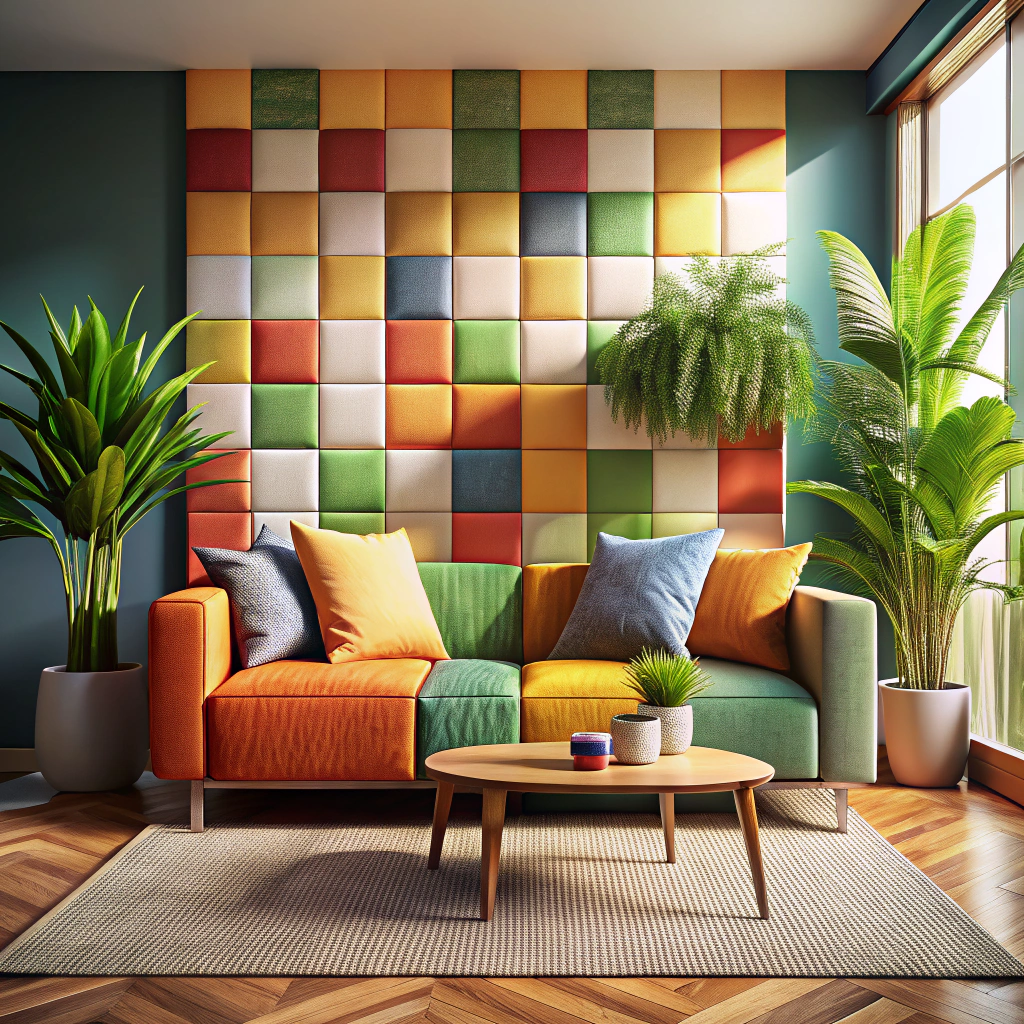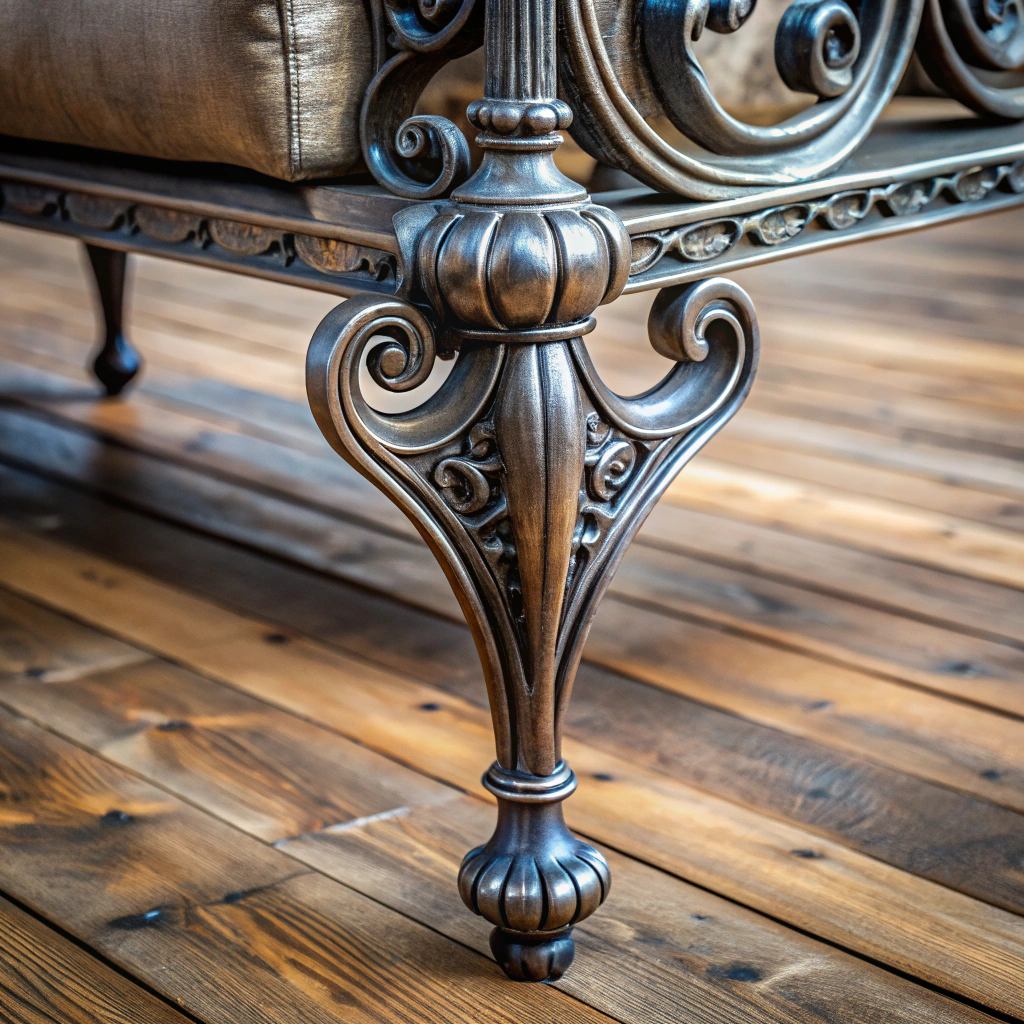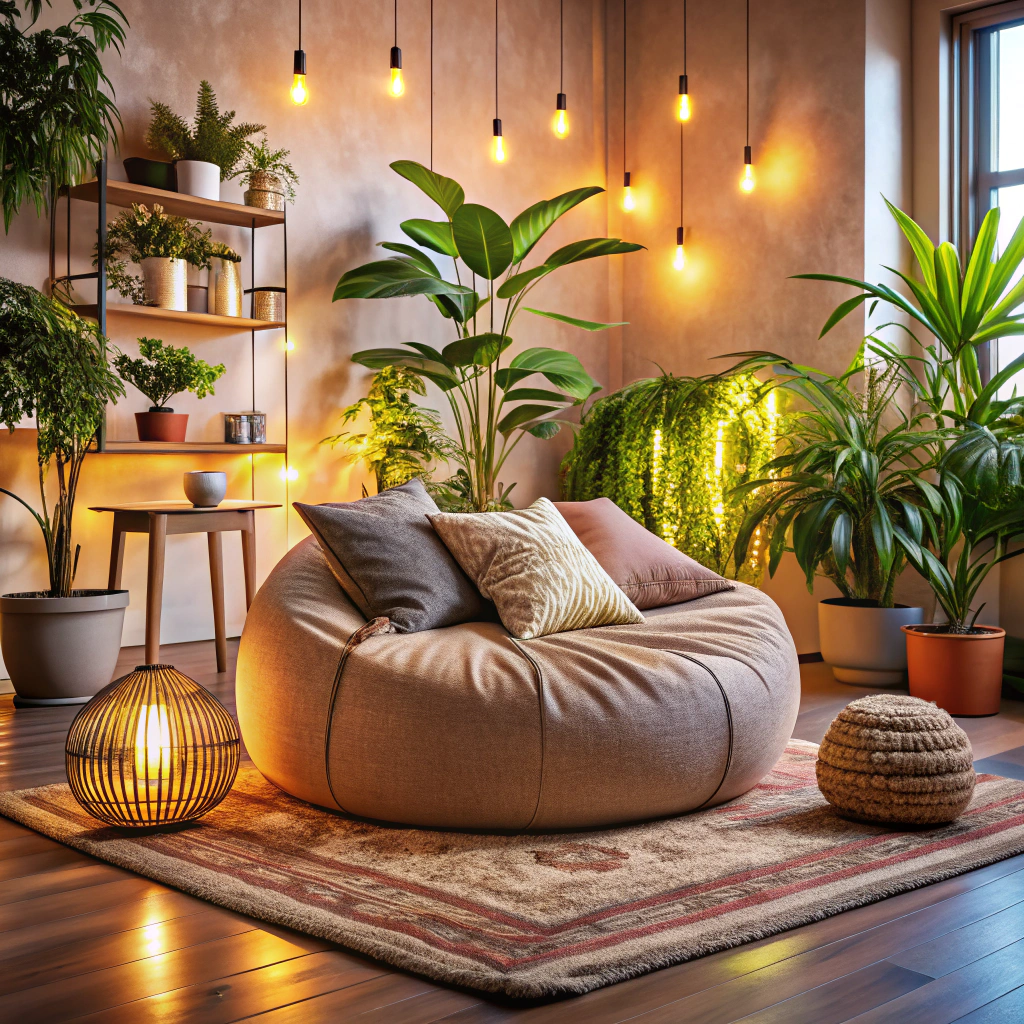Last updated on
Discover the multifunctional charm of a daybed, an elegant furniture piece that doubles as a sofa and a bed, perfect for lounging and guest accommodation. A daybed is a versatile piece of furniture that serves as a seating area during the day and can be transformed into a sleeping space at night. Characterized by its three-sided frame — typically featuring two side panels and a back — a daybed resembles a couch and often fits a twin-sized mattress. Unlike a traditional bed, a daybed is designed with a space-saving mindset, offering a practical solution for small living spaces, home offices, or spare rooms. Daybeds are commonplace in a variety of interior decor styles and are found in materials ranging from elegant wrought iron to warm, inviting wood or modern, sleek metal. They can come with additional features, including trundles—pull-out beds to provide extra sleeping space—and storage drawers under the mattress area. Besides their practicality, daybeds are valued for their ability to enhance the aesthetic appeal of a room, serving as a stylish accent piece that complements other furnishings.
Key takeaways:
- Daybeds are versatile, functioning as both a sofa and a bed.
- They make practical and stylish additions to small living spaces.
- Daybeds come in a variety of materials and styles.
- They can have additional features like trundles or storage drawers.
- Daybeds offer a blend of style and functionality, but may not offer the same level of comfort as a regular bed.
Table of Contents
Definition of a Daybed
A daybed is a hybrid piece of furniture that combines the attributes of a sofa with those of a bed. Designed for lounging, reclining, and seating in common rooms, its frames can be made from wood, metal, or a combination of both. Structurally, it resembles a couch yet provides the size and comfort of a twin bed, making it a versatile piece for any space. Unlike traditional sofas, daybeds are characterized by a three-sided frame: two sides and a back. This structure enables them to be used both as a sleeping area and for seating purposes.
Daybeds are often found with a trundle underneath, which can be pulled out to create additional sleeping space. This makes them particularly useful for small spaces that need to serve multiple functions, such as guest rooms, home offices, or children’s bedrooms. Tall sides and back also allow for the use of ample cushions, making daybeds a cozy spot for relaxation or socializing during the day.
Functionality and Uses of Daybeds
Daybeds serve as a hybrid between a standard bed and a sofa, offering a versatile furniture option for any home. By design, they accommodate a twin-sized mattress, making them ideal for lounging during the day or providing a comfortable night’s sleep. Their structure typically features a back and side panels, mimicking a sofa silhouette which utilizes space efficiently and enables them to double as seating in living rooms, home offices, or dens.
Their uses extend beyond the average household. In studio apartments, daybeds are space-savers, as they function as both a primary bed at night and a seating area during the day. They are also perfect for guest rooms; when not in use by visitors, they can be a quiet spot for reading or relaxing. For children’s rooms, daybeds are practical choices that can grow with the child, offering a cozy place for naps and playtime for young children or a chill-out zone for teenagers.
Some daybeds come with additional features like trundles, which provide an extra bed when needed without taking up more space. Others have built-in storage, like drawers, allowing for the stowing of bedding or clothing, which is especially useful in smaller living spaces.
The functionality and uses of daybeds showcase them as multifaceted pieces of furniture that blend seamlessly into many interior design schemes while offering a practical solution for seating and sleeping arrangements.
Types of Daybeds
Daybeds come in various styles, each offering a unique aesthetic and functionality. The standard daybed resembles a couch with three sides, providing ample seating space and a comfortable sleeping area. Some models include a trundle, an additional bed stored underneath, which can be pulled out to accommodate an extra sleeper—ideal for small spaces or guest rooms.
The sleigh daybed, characterized by its curved or scrolled ends, mimics the traditional sleigh bed design, bringing a classic touch to a room. Canopy daybeds feature four posts with connecting crossbeams, allowing for drapes or sheers to create an elegant, enclosed sleeping area.
Convertible daybeds serve dual purposes, transforming from a seating area into a full bed or larger sleeping space with minimal adjustment. Finally, outdoor daybeds, made with weather-resistant materials and typically featuring an overhead canopy, are perfect for lounging in the garden or poolside.
Each type caters to different preferences and space requirements, ensuring that there’s a daybed design suitable for every need.
Advantages and Disadvantages of Daybeds
Daybeds offer a unique blend of style and functionality, serving as both seating and sleeping spaces. They are ideal for small apartments or rooms where maximizing space is paramount. Their design often allows for additional storage underneath, either in the form of drawers or space for baskets and bins, helping to keep rooms clutter-free.
However, daybeds typically require a specific size of bedding, such as twin-size sheets, which may not be readily available if you’re switching from a different bed size. Moreover, the open design might not provide the back support some individuals seek in a traditional sofa or couch for daily seating, potentially requiring extra cushions for optimal comfort.
It’s also worth noting that while daybeds are great for occasional guests, they may not always offer the same level of comfort or support as a conventional bed when used regularly for sleeping. Plus, the presence of a daybed can make a multifunctional room — like a home office or a living room — seem more bedroom-like, which might not be the desired aesthetic for every homeowner.
Common Questions About Daybeds
- What size mattress fits a daybed?
- Daybeds typically require a twin-size mattress, which measures 39 inches by 75 inches. However, always check the manufacturer’s specifications for the appropriate mattress size.
- Can a daybed be used as a regular bed?
- Absolutely, daybeds are designed to be versatile and can be used as a regular bed. They are ideal for guest rooms, small apartments, or any space where dual-function furniture is beneficial.
- Does a daybed need a box spring?
- No, most daybeds do not need a box spring. They often come with a slat system or a link spring that provides support for the mattress.
- Is a daybed suitable for everyday use?
- Daybeds are designed for everyday use, offering a comfortable sitting area during the day and a cozy sleeping space at night. They are built to be durable and accommodate regular use.
- How do I style a daybed?
- Styling a daybed is similar to dressing a couch. Use decorative pillows and throws to create an inviting space. When it’s used for sleeping, dress it with regular bed linens.
- What is the difference between a daybed and a sofa bed?
- Daybeds are typically the size of a twin bed with three-sided frames that may or may not convert, comfortable for lounging and sleeping. Sofa beds, on the other hand, convert from a sofa to a bed and are often larger when extended.




